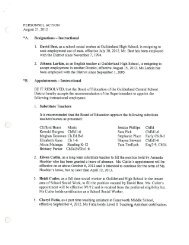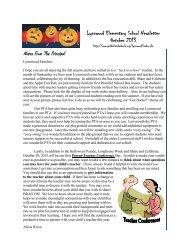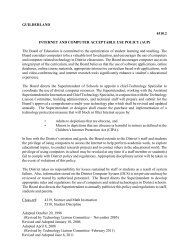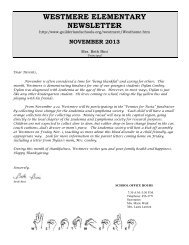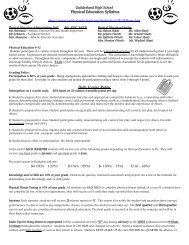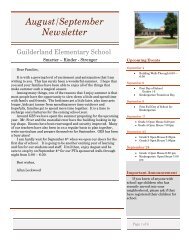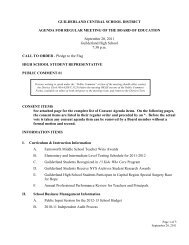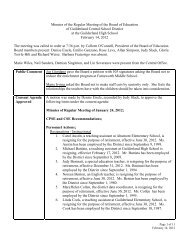Printable Copy of the Field Study Guide (PDF)
Printable Copy of the Field Study Guide (PDF)
Printable Copy of the Field Study Guide (PDF)
You also want an ePaper? Increase the reach of your titles
YUMPU automatically turns print PDFs into web optimized ePapers that Google loves.
1) What do you think <strong>the</strong> swirls are?<br />
2) How were <strong>the</strong> swirls created (starting with loose sediments and ending with solid<br />
rock with swirls)?<br />
3) Compare and contrast <strong>the</strong> rocks you observed at <strong>the</strong> gravel pit by June’s Place<br />
with <strong>the</strong> rocks at this site (<strong>the</strong> creek- station 2: swirls).<br />
(a) After observing some <strong>of</strong> <strong>the</strong> rocks at <strong>the</strong> gravel pit and <strong>the</strong> rock here at Station 2,<br />
do you think <strong>the</strong> sediment at <strong>the</strong> gravel pit is transported or residual? (See Definitions)<br />
(b) Support your answer:<br />
Where is <strong>the</strong> overburden at <strong>the</strong> creek - station 2 (swirls)?<br />
Explain your answer.<br />
6) (a) Which site, <strong>the</strong> gravel pit at June’s Place or <strong>the</strong> swirls by <strong>the</strong> creek is older?<br />
(b) Explain how you infer this:<br />
7) (a) What is <strong>the</strong> name for <strong>the</strong> long cracks in <strong>the</strong> bedrock at this site (swirls)?<br />
3



